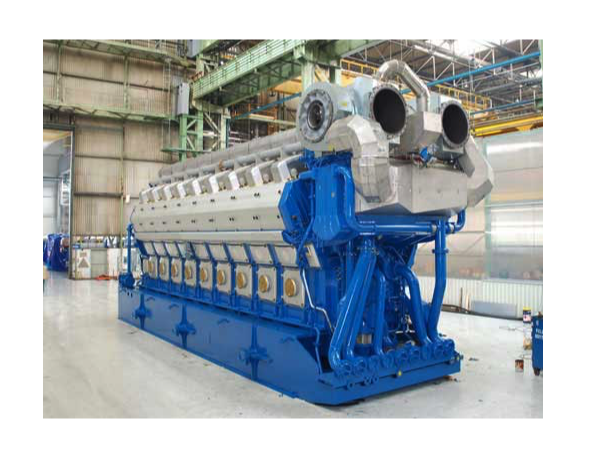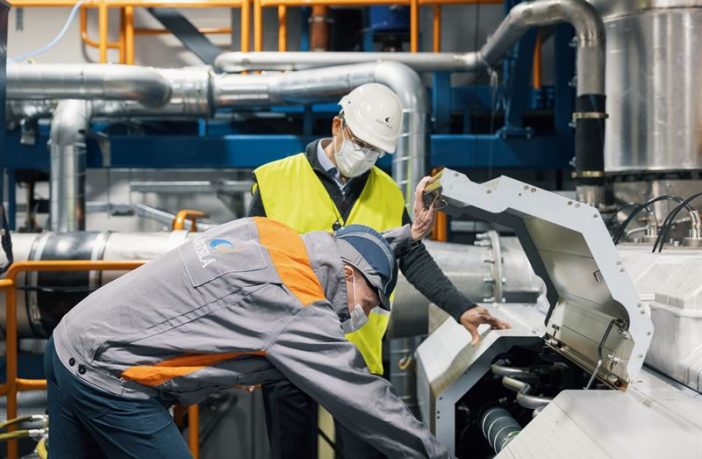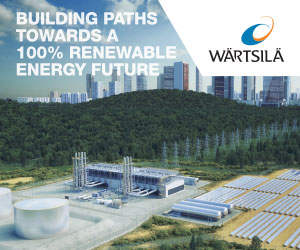- Technology group Wärtsilä is pioneering the adoption of hydrogen and ammonia as viable engine fuels through advanced testing in Wärtsilä’s fuel-flexible combustion engines.
- Hydrogen and ammonia contain no carbon, meaning the combustion releases no CO2 emissions.
- Full-scale engine tests have been recently carried out in Wärtsilä’s engine laboratory in Vaasa, Finland, to assess the optimum engine parameters for running on these fuels.
The test results are very encouraging, with one test engine performing very well when running on a fuel with 70% ammonia content at a typical marine load range.Tests were also completed successfully on another engine in pure hydrogen operation.
Testing will continue throughout the coming years with the aim of defining the most feasible internal combustion engine-based solutions for power plant and marine applications, thereby enabling the transition to a decarbonised future with green fuels.
For the energy market, Wärtsilä expects to have an engine and plant concept for pure hydrogen operation ready by 2025 where it is anticipated that green hydrogen will deliver 7 percent of the global energy demand by 2050.
Håkan Agnevall, CEO of Wärtsilä said: “These are milestone moments in Wärtsilä’s transition to future fuels. Society will have to invest significant amounts into the infrastructure needed to develop green hydrogen, but those investments require market-ready engines that can run on the fuel once it is readily available. The energy and marine industries are on a decarbonisation journey, and the fuel flexibility of the engines powering these sectors is key to enable the transformation.”

Wärtsilä dual-fuel engine like this one will be capable of transitioning to future fuels, including pure hydrogen and ammonia, future-proofing customer assets. Image credit: Wärtsilä
Wärtsilä’s gas engines are highly flexible and are capable of rapidly ramping up or down in power. When wind and solar power vary with weather conditions, Wärtsilä engines can support the power system by ramping up power to meet the required load, reaching full capacity in under two minutes
The company’s engines can currently run on natural gas, biogas, synthetic methane or hydrogen blends of up to 25% hydrogen. Another important part of the way forward is that Wärtsilä engines will be capable of transitioning to future fuels, including pure hydrogen and ammonia, future-proofing customer assets.
“For electricity generation, the amount of renewables globally is growing rapidly, which is vital for being able to comply with the Paris Agreement. To achieve the transition to 100% renewable energy by the middle of the century, a significant amount of flexible balancing power is needed as a complement to ensure stable energy supply, when the sun is not shining or the wind is not blowing. There will be different balancing power technologies, but combustion engines and battery storage will be part of the core solutions. By developing engines that can run on green hydrogen, we are enabling that grid balancing can be done via a 100% renewable process, thereby enabling the energy systems of tomorrow,” added Håkan Agnevall.
Author: Bryan Groenendaal

















